structures that unfold like flowers
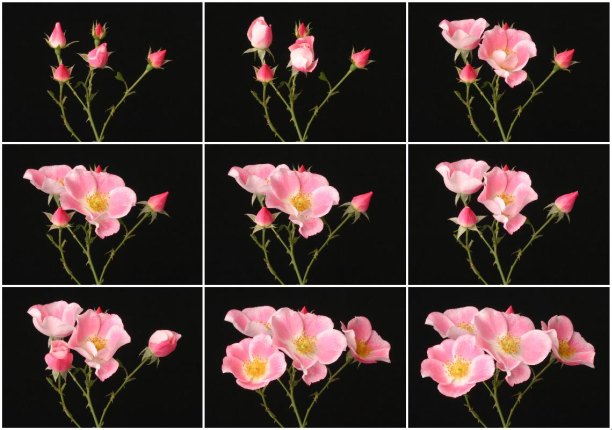

Inside a bud, a flower’s petals lie in wait, a tight bundle of compressed tissue. When the conditions are right, they burst forth, blooming in an impressive display of geometry and color. During this opening period, which may last as long as 7 days or be as brief as 5 minutes, the cells that make up the petals may expand to 20 to 50 times their initial length. This great and relatively sudden inflation accounts for most of the flower’s shape. Some cells within the petal grow more than others and this differential growth is responsible for the 3D form of the petals.
The shape of the asiatic lily, for instance, can be explained by increased edge growth. Cells at the petal’s margins swell far more than the rest. This variance is enough to explain the flower’s final form. A simple difference in expansion between the edge and the rest of the petal lamina yields the opening movement of the entire flower as well as its sinuously ruffled margins.
In contrast, the shape of a tulip is suspected to be due to a difference in growth rates between the two sides of the petals. The inner cells of the mesophyll expand rapidly when temperature increases whereas the outer cells grow more rapidly when cooling. This leads to a behavior of opening as temperature increases and closing as it decreases.
In some species, such movements are reversible. A flower might open and close like clockwork, every day or night. Cells may inflate and deflate in tune with humidity or light…or even in response to touch as in the rapid closing motion of a venus flytrap or curling of a mimosa leaf. These vacillating locomotions are called nastic movements.
Featured above: “Mimosa Pudica” by Hrushikesh. Licensed under CC0. And “Dionaea muscipula closing trap animation” by Mnolf. Licensed under CC BY-SA 3.0
Multi-material 3D printing may give us a way to incorporate such movements into the architecture of products and buildings. The provocatively named discipline of 4D-printing explores fabricating shape changing materials by means of 3D-printing. The differential growth of flowers suggests a way of designing such shape changing products. Suppose we have a multi-material printer which can print a material that expands when exposed to water and another material that does not. By mixing these two materials together we can produce a structure like the flower petal which has more potential to enlarge at its edges than its center. We can envisage printing flat objects that (under certain environmental conditions) enlarge to take on complex surface topologies.
anthesis pavilion
anthesis – NOUN the flowering period of a plant, from the opening of the flower bud
Let’s imagine this applied to architecture. We 3D print a single flat disc of material when wet expands differentially. Like the petals of the asiatic lily, we have templated our disc so it expands more readily at its edges than its interior. When it rains, the disc starts to expand all over but much more at its edges than its center. It raises itself off the ground, edges folded in a predictable and predetermined manner turning into a shelter. We’ve illustrated this concept below computationally. We use a thin shell model with varying growth rates to simulate an expanding surface structure. This allows us to design patterns of growth and visualize the resulting forms.
bibliography
van Doorn, Wouter G., and Uulke van Meeteren. “Flower opening and closure: a review.” Journal of Experimental Botany 54.389 (2003): 1801-1812. link
Liang, Haiyi, and L. Mahadevan. “Growth, geometry, and mechanics of a blooming lily.” Proceedings of the National Academy of Sciences 108.14 (2011): 5516-5521. link
Beauzamy, Léna, Naomi Nakayama, and Arezki Boudaoud. “Flowers under pressure: ins and outs of turgor regulation in development.” Annals of botany(2014): mcu187. link


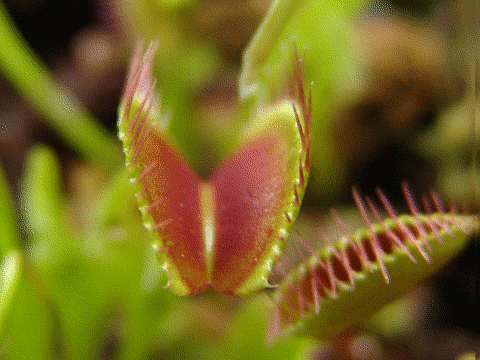

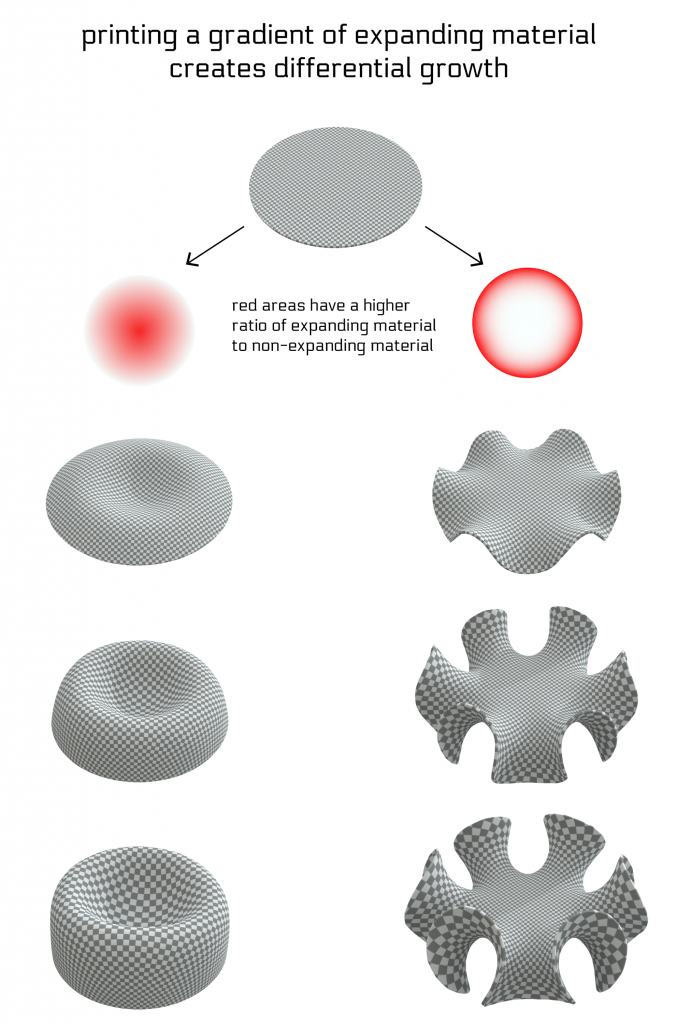
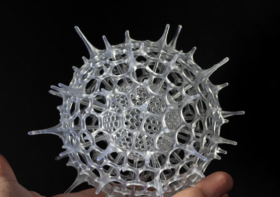
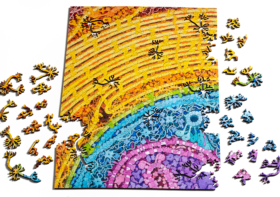

Evgeny
I’m making procedural WebGL “garden” at
http://www.ibiblio.org/e-notes/Splines/garden/demo.htm
Let us make it Growing!
Sincerely
Evgeny Demidov
Yup flowers
Excellent!!